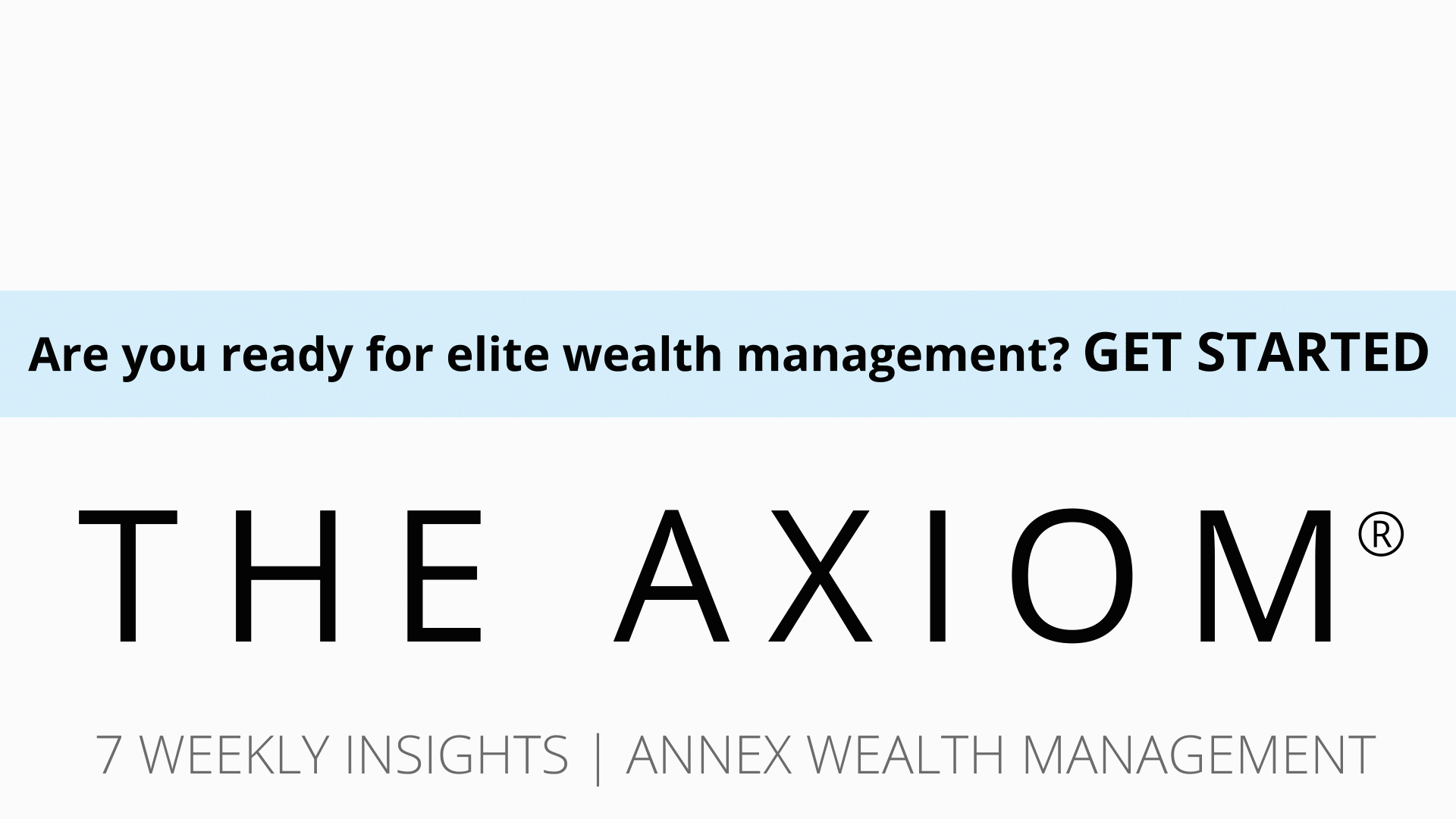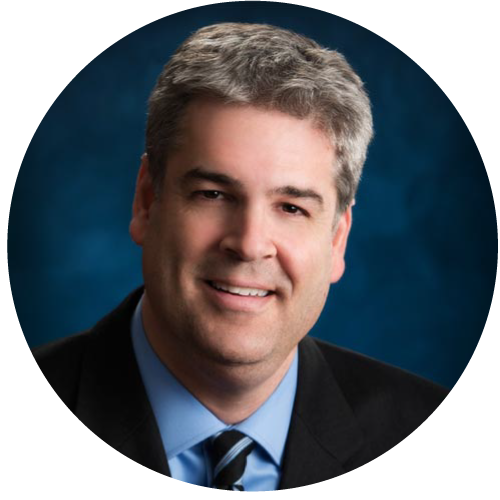
Axiom | Vol 259
Bond Yields Fuel Turn To Growth. Can Equity Markets Continue The Rest Of 2021? | May Private Job Growth Blows Past Estimates

Meet The Axiom®’s Guest Editor: Michael Murtos, CFP®
I’m Mike Murtos, Wealth Manager in the Mequon office.
I have worked in financial services for over 25 years. I enjoy using that experience to help Annex clients meet their investment and retirement goals.
My wife Mary and I recently celebrated our 25th wedding anniversary. We are (kind of) empty nesters. Two daughters recently out of college (both working!) and son with two years to go. We live in Menomonee Falls and like to play golf and tennis while taking care of our two year old yellow lab.
BACK TO TOP ↑

Bond Yields Fuel Turn To Growth. Can Equity Markets Continue The Rest Of 2021?
CPI reported YOY growth greater than any in the last decade, but equity markets seemed to shrug at the news. Markets are a forward-looking instrument – what do analysts see in the future? Annex Wealth Management’s Derek Felske and Deanne Phillips discuss.
BACK TO TOP ↑

According to Airbnb, senior adults are the fastest-growing segment of travelers. Prior to the pandemic, the percentage of seniors booking lodging on Airbnb was growing at strong double-digit annual rates. Many retirees and other senior adults are also serving as hosts.
Poll: Have you booked a stay with Airbnb or VRBO?
BACK TO TOP ↑

Know What You Own, & Why
Search “how to allocate your portfolio” on your favorite search engine, and you’ll be treated to close to 50 million different results. Most of us don’t have the time or patience to dig through all the “expert” opinions on asset allocation. Even if you did have time to review them all, you’d still have to figure out which one is right for you.
This week’s MoneyDo is to know what you own, and why. Reviewing your holdings will help you understand your portfolio construction, and weigh, accept, or reject all the advice.
You may have heard some of the rules of thumb on how your portfolio should be allocated. Some old adages revolve around your age: for example, one common tenet is to take 100 minus your age to determine how much of your portfolio should be invested in equities.
Based on that rule, if you’re 35, then you should have 65% in stocks and 35% in bonds. If you’re 65, then you should have 35% in stocks and 65% in bonds. Since we’re living longer these days, a modern version of this axiom says to start with 120 instead of 100.
While there is some truth behind these old-fashioned ideas, they have never been a fit for everyone.
In reality, when deciding how aggressive or conservative your portfolio should be, age is just one of many factors to consider. Wiser investors often weigh other questions, like how much you’re investing, how long until you need to access your investments, whether you need income from the portfolio, your goals with your portfolio of assets…the list goes on and on.
As you review your portfolio, ask these questions:
- Are you considering key factors when developing your asset allocation?
- Are you too concentrated in one area of the markets, and disregarding another area all together?
- Does your portfolio work with or against your financial plan?
- Does your advisor (or do you yourself) use a cookie-cutter approach based on an “old reliable” rule of thumb?
- How do you react when the markets sell off? Did you make changes in March of 2020?
If you need help, Annex Wealth Management can assist you in identifying and defining your personal asset allocation. We’ll ask important questions, listen closely and rely on our expertise and technology to have your asset allocation align with your financial plan and your risk capacity.
BACK TO TOP ↑

“I like “Ask Annex” because it’s a great way for clients and non-clients to ask financial type questions and get unbiased thoughtful answers from an experienced team.”
– Guest Editor: Michael Murtos, CFP® | Wealth Manager
________________________________________
This week’s Ask Annex comes from Jeff, who asks:
“Is there any way for an individual investor to see when a fund made individual stock purchases (and sales)? I’m asking in regards to the comment about ‘window dressing’.“
___________________________
We asked Annex Wealth Management’s Matthew Morzy, CFP®:
Hi Jeff, great question.
Mutual funds don’t publish when they make their buys and sells. They’re required to report their holdings on a quarterly basis, however, it might take up to 60 days for that information to become public. Some mutual funds publish on a monthly basis to give more transparency to their investors, but that still doesn’t let you know when something was bought or sold.
Exchange traded funds are significantly more transparent in their holdings, as they report on a daily basis. Daily reporting gives more transparency to investors, but it plays a larger role in how ETFs are traded and how they maintain their liquidity in the markets.
No matter how often a fund reveals its underlying holdings, performance tends to be the metric that casts daylight onto “window dressing” moves. Some managers might want to sell a loser just before quarter-end so that it doesn’t show up on the holdings list, but that sale won’t change how the fund performed during the quarter.
-Matt Morzy
BACK TO TOP ↑

“This is your future you’re talking about.”
– TOM, CLIENT
BACK TO TOP ↑


KNOW THE DIFFERENCE MINUTE:
May Private Job Growth Blows Past Estimates
KNOW THE DIFFERENCE MINUTE:
Chainanalysis Study: Americans Pocket $4.1B in 2020 Bitcoin Profits
In Case You Missed It
What’s A Mutual Fund Share Class?
BACK TO TOP ↑

Annex Wealth Management provides free workshops, open to the public, on key wealth management topics.
Each week, we provide links to register for upcoming events.
BACK TO TOP ↑